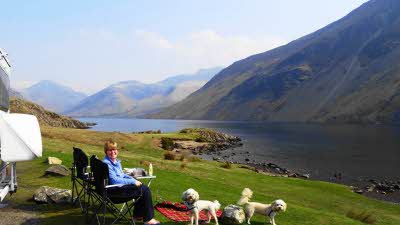philipemmo replied on 28/05/2017 22:58
Posted on 28/05/2017 22:58
I have a Dometic RM730L fridge in our 2006 Swift motorhome, that has decided to stop working. Last two outings I have used it on EHU and 12v, but it doesn't get cold. Is there anyone out there who has suffered a similar problem, and if so, did you manage to rectify the problem.
This is just our second season as motorhomers, so although I have sussed out how everything works, this is the first major problem I have encountered.
Any help or advice would be greatly appreciated. Thank You.










philipemmo
Motorhomer